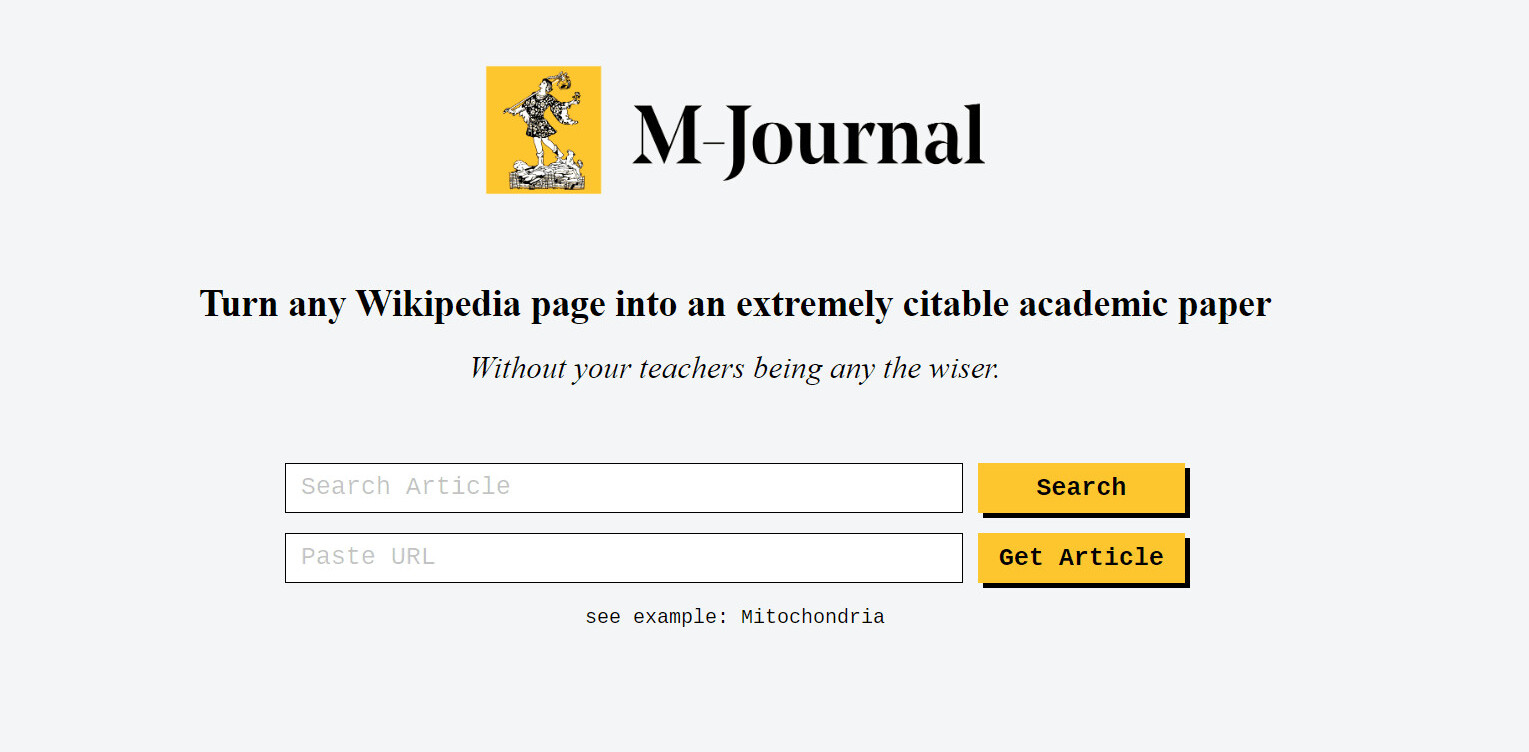
For better or worse, Wikipedia has become one of the top go-to Web destinations for those looking for information on, well, just about anything. And it almost certainly had a part to play in the demise of the printed version of the Encyclopaedia Britannica too.
So it probably will come as little surprise that Wikipedia is seeing a significant rise in mobile visitors – indeed, it has just surpassed three billion mobile page views for the first time ever in a single month.
To put this in context, this means that 14.5% of all Wikipedia page views now are via mobile, an increase of 4.6% on the same period last year, according to Wikipedia. And if you go back even further, you can see that a mere two years ago, only 500 million arrived at Wikipedia via mobile.
Wikipedia Zero and developing countries
Interestingly, however, as total traffic to the mobile version of Wikipedia has increased, the gap between the English and non-English versions has decreased, so now it’s almost 50/50.

In a blog post earlier today, Amit Kapoor, Senior Manager, Mobile Partnerships at The Wikimedia Foundation’s says that the aim is to hit four billion monthly mobile page views “by the end of the fiscal year”, which is June 2013. So the plan is to grow page views via mobile by almost a quarter in five months – only time will tell if they achieve this. Though if you look at the increase in mobile traffic compared to that of desktop over the past 12 months, then it doesn’t seem like that crazy a goal.
“Mobile page views rose over 75 percent in 2012, while desktop traffic grew at just under 20 percent,” says Kapoor. “It is clear that much of Wikipedia’s growth is happening on mobile. We know that two things contribute significantly to this – one, with mobile Internet, readers have new reasons to look things up on Wikipedia, be it either related to context and location or convenience and availability, and two – many readers in developing countries, specifically where there is limited broadband penetration, are using mobile devices as their first or only means to access the internet.”
The Wikipedia Zero programme is having the desired effect, and digging a little further into historical figures certainly helps to highlight the startling growth of mobile Wikipedia. “In the 15 months it has taken for mobile traffic to triple from 1 billion to 3 billion, overall Wikipedia traffic grew just 33 percent, indicating that many loyal readers are shifting their time to mobile devices,” adds Kapoor. “Secondly, when Wikipedia hit 500 million mobile page views two years ago, 71 percent of that traffic was to the English Wikipedia. Today, only 52 percent of mobile traffic is to English Wikipedia, illustrating that mobile growth has become a global phenomenon.”
Mobile Web or apps?
In October last year, Wikipedia rolled out a completely redesigned mobile site, with an emphasis on type and readability. And in countries where the latest iOS or Android smartphones may not be so affordable, the mobile-optimized version of the site will certainly come into its own.
But the rise in its mobile traffic can’t be put down entirely to growth in developing markets, with the official Android and iOS apps “covering a lot the territory”, according to Kapoor. “We see around 40,000 device installs per day on Google Play and approximately 10,000 through the Apple App Store,” he says. “Wikipedia Zero, with a current reach of 330 million mobile subscribers, drives awareness of Wikipedia in mobile-centric developing countries and eliminates the cost-barrier to accessing it.”
One final point worth noting here too – Kapoor says that they’re currently experimenting with ways to enable Wikipedia access by text message (who says SMS is dying?), as well as other mobile platforms.
It’s certainly interesting to see how Wikipedia is developing with the times, growing from a Web-only encyclopedia to an increasingly mobile-focused entity a decade after launch.
Feature Image Credit – Thinkstock
Get the TNW newsletter
Get the most important tech news in your inbox each week.




